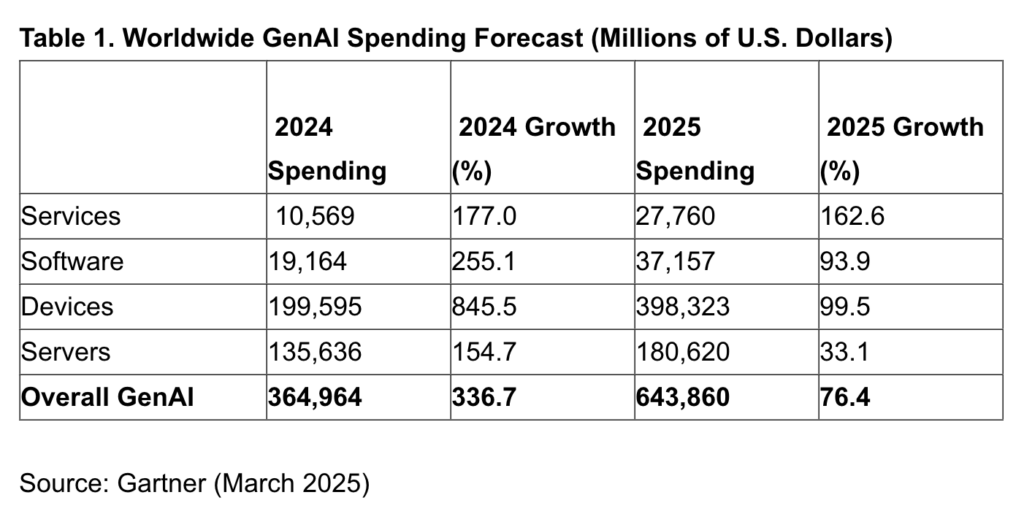
4-5 #StepByStep : Intel and TSMC have discussed a preliminary agreement to form a joint venture; Apple is reportedly designing the hinge with liquid metal; OPPO has introduced Lumo; etc.

TSMC has invested billions into its facilities in the United States, including its active Arizona chip foundry and a second facility due in 2028. TSMC is preparing to start operations at its second Arizona plant by 2028, which will be used to produce 3nm chips. However, a third one is being planned in Arizona for 2nm chip production. This third facility will be a long time in the making, with the construction project’s conclusion and the first chips off the line scheduled to happen before the end of the decade, 2030. If completely accurate, it indicates that there will be a lag in process size between TSMC’s U.S. and Taiwan production of about 5 years. (Apple Insider, Nikkei)
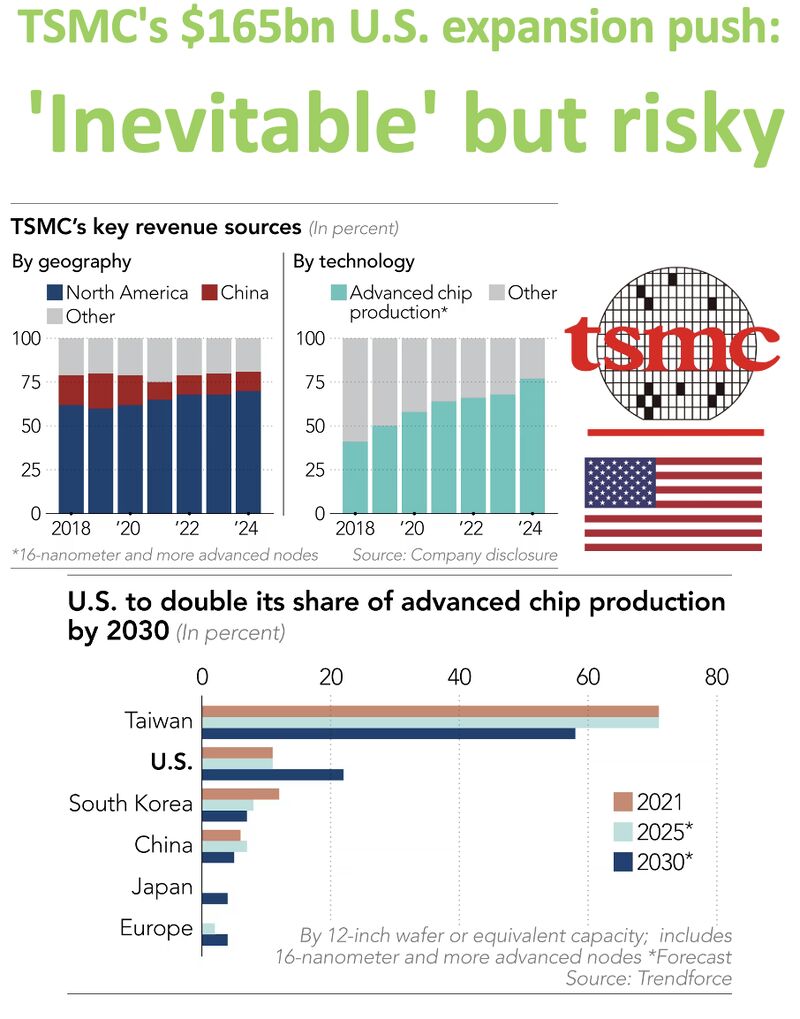
TechInsights analyst G. Dan Hutcheson of TechInsights has claimed that the production of TSMC Arizona is only 10% costlier than that in Taiwan, and the industry has gotten it all wrong. He has claimed that it costs TSMC less than 10% to process a 300mm wafer in Arizona than the same wafer made in Taiwan. TSMC’s wafer fab production cost in the US is nearly 10% higher, but it is certainly much lower than the 150% suggested by the company’s CEO Morris Chang. Even the tech pundits were expecting the cost to be higher than 120%-150%. Furthermore, Hutcheson has mentioned that the common notion is that the company’s labour costs in the U.S. factories are higher than those in Taiwan. However, large-scale manufacturing facilities like the one in Arizona mostly rely on automation. This means the labor costs associated with the production are just 2% of the total costs. (Android Headlines, WCCFtech, TechInsights)
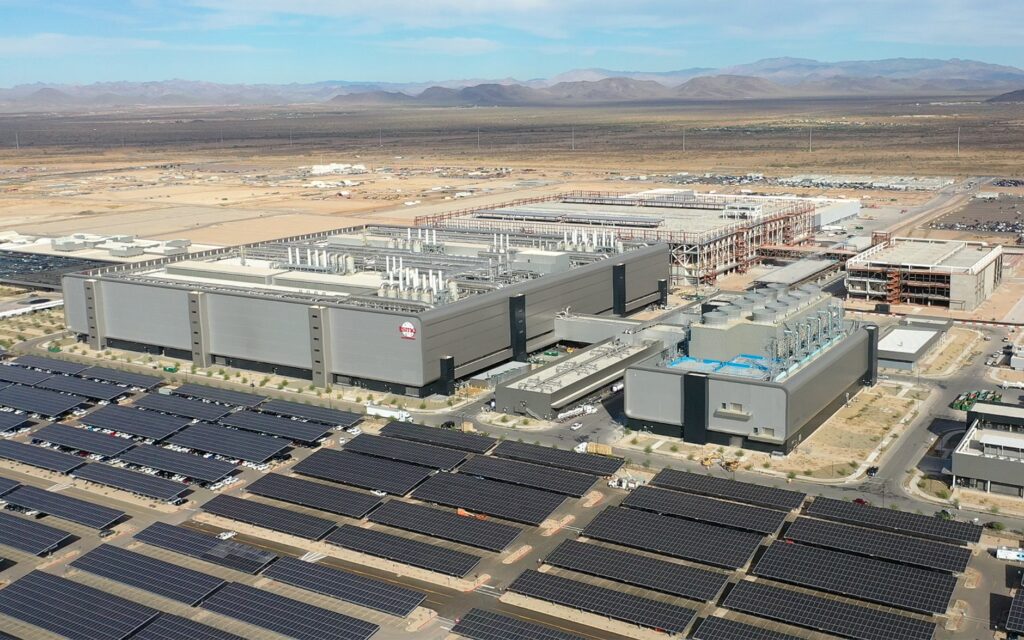
Qualcomm is expected to use TSMC’s 2nm process for its 2026 flagship chipsets, which presumably will be the Snapdragon 8 Elite Gen 3. Two Qualcomm chipsets namely SM8950 and SM8945 are using TSMC’s 2nm process. Samsung’s first test of its 2nm process has reportedly yielded promising results. Still, many big companies, such as Apple, Qualcomm, MediaTek, and Nvidia, rely heavily on TSMC. (Android Headlines, Weibo)

Taiwan Semiconductor Manufacturing Co (TSMC) is seeking to start construction of its third advanced wafer fab in the U.S. state of Arizona, according to the TSMC Vice President for global policy Peter Cleveland. Cleveland has added that in order to begin construction, the company needed assistance from the U.S. government, such as an environmental permit. He said that TSMC’s investments in Arizona aim to roll out high-end chips, and “we are going to build those in Phoenix to sustain the U.S.’s AI leadership”. TSMC is already investing USD65B in Arizona to build three advanced wafer fabs. The first fab in Arizona has started production using the 4nm process, while the second fab, which will use the more sophisticated nm, 2nm, and A16 processes, is currently under construction and is expected to begin production in 2028. The third, of which TSMC has said little to date, is expected to begin production by 2030, using 2nm or more advanced processes, the company said in Apr 2024. (Android Headlines, WCCFtech, Focus Taiwan)
Samsung Exynos 2500, which is supposedly said to arrive in 2H25, will eventually be replaced with what we assume will be called the Exynos 2600. Samsung allegedly aims to proceed with a rebrand, starting with the announcement of its first 2nm chipset that will be found in the upcoming Galaxy S26 series. Samsung has reportedly achieved a 30% yield during the trial production of the Exynos 2600 on Samsung’s next-generation 2nm GAA process. It is also mentioned that the prototype version of this silicon will enter mass production in May 2025. (CN Beta, Techpowerup, Twitter, WCCFtech)
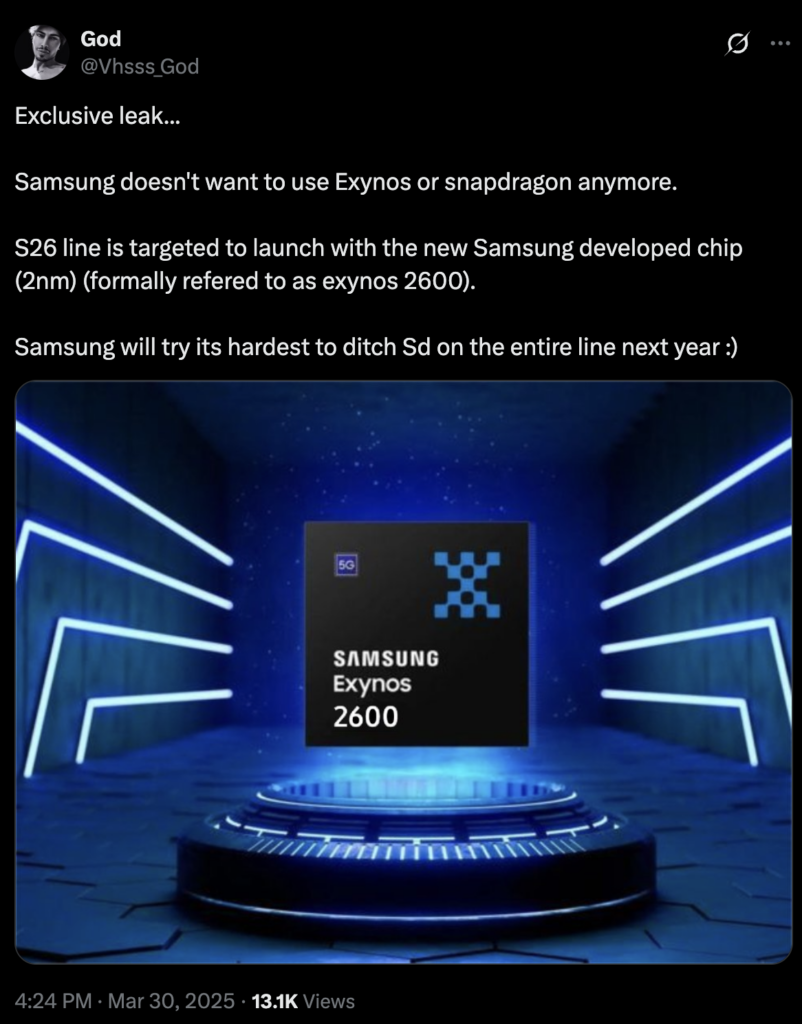
Intel and Taiwan Semiconductor Manufacturing Co (TSMC) have recently discussed a preliminary agreement to form a joint venture to operate the U.S. chipmaker’s factories. The White House and Commerce department officials have been pressing TSMC and Intel to strike a deal to resolve the long-running crisis at Intel. TSMC has allegedly pitched Nvidia, Advanced Micro Devices (AMD) and Broadcom to take stakes in a joint venture that would operate Intel’s factories, after the U.S. administration requested the Taiwanese chipmaking giant to help turn around the troubled Intel. Intel reported 2024 net loss of USD18.8B, its first since 1986, driven by large impairments. (Android Headlines, TechCrunch, The Information, Reuters, Tom’s Hardware)


Samsung has filed a handheld patent on the World Intellectual Property Organisation (WIPO). The description for this patent reads “the ornamental design for a remote controller”. The handheld appears to have a vertical folding display. So, the idea could be that when this rectangular display folds in half, it becomes more pocketable and portable. However, most games are designed to work in a horizontal or landscape mode. Notably, unlike the previous design, here the side grips are split into two halves on either side. (Android Headlines, 91Mobiles)
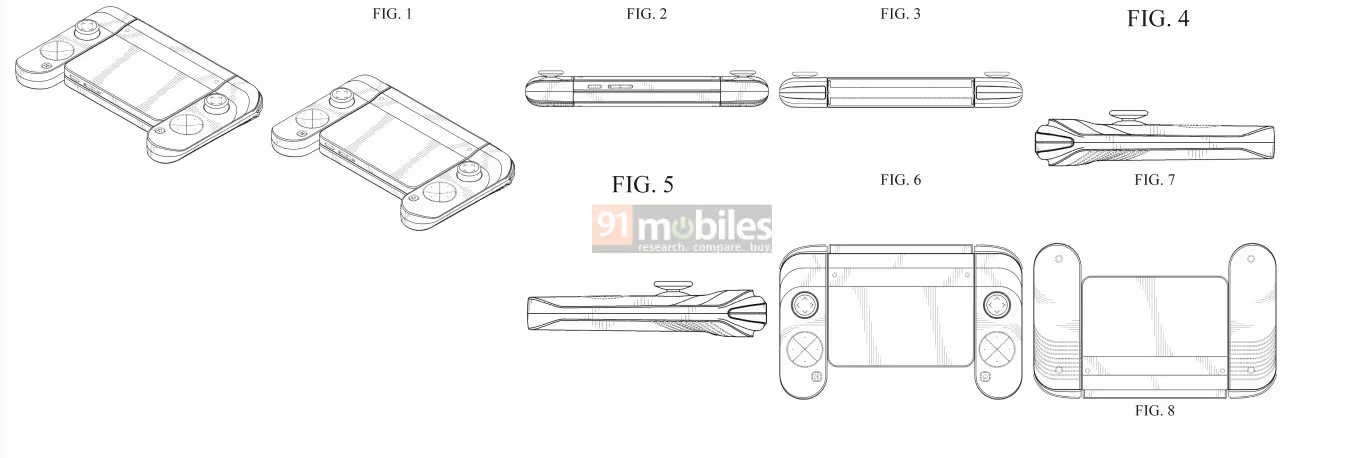
Samsung’s patent from the United States Patent and Trademark Office reveals a design for a foldable smartphone that can bend both inward and outward, thanks to a 360° hinge mechanism. To make this possible, Samsung is developing a flexible ultra-thin glass (UTG) display supported by a layered structure of flexible polymers and adhesive. The hinge system features dual folding axes and a unique lattice-style support plate that allows the screen to bend in both directions while maintaining structural integrity.(Gizmo China, GSM Arena)
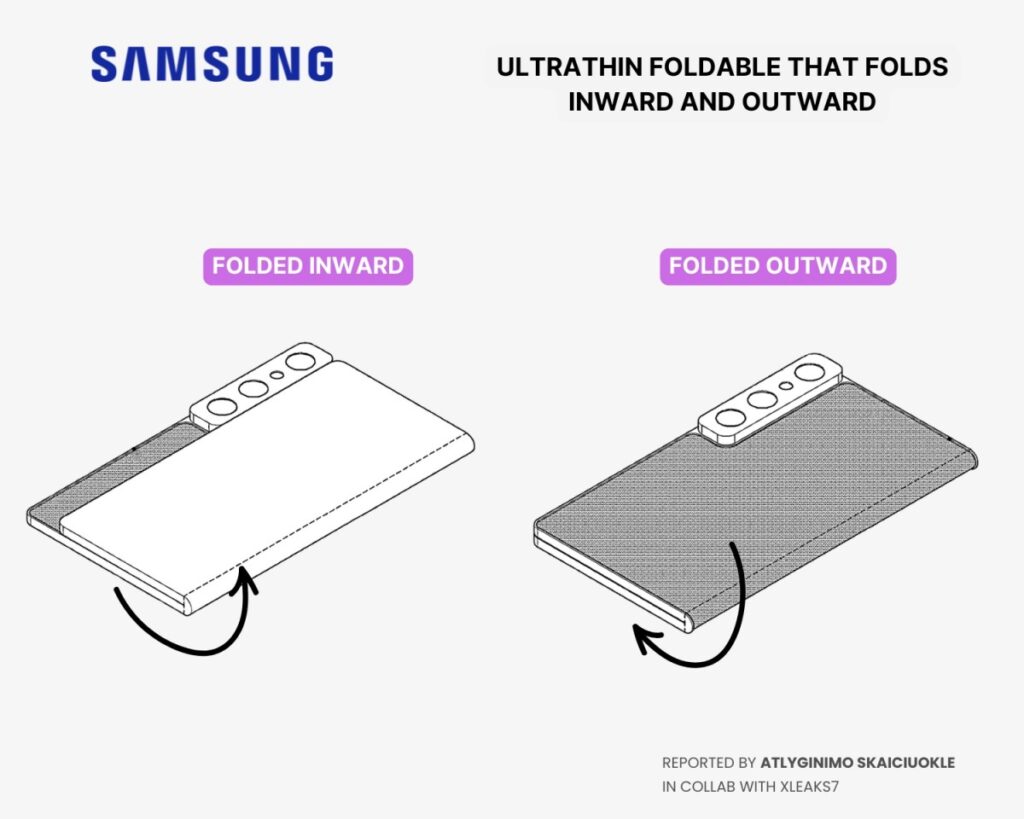
Apple is reportedly designing the hinge with liquid metal. Using liquid metal brings several benefits, with the main one being rigidity. The “amorphous alloy” or the “metallic glass” is 2.5 times stronger than titanium, making it a perfect solution for the hinge. The structure from amorphous particles is resistant to bending, deformation and pressure, improving the longevity of the hinge and the device as a whole. Additionally, the hinge design may help reduce or eliminate the display crease. (GSM Arena, Weibo)

LG Display (LGD) has transferred its Gen-8.5 LCD (Liquid Crystal Display) production line and module factory in Guangzhou to the Chinese firm TCL CSOT (China Star Optoelectronics Technology), which has renamed the facility T11. This transaction expands TCL CSOT’s production capabilities to nine LCD lines, including two Gen-6, four Gen-8.5, one Gen-8.6, and two Gen-10.5 lines. The sale, valued at KRW2.03T (around USD1.52B), was approved by LGD’s board Sept 2024 and is part of the firm’s plan to focus more on OLED (Organic Light-Emitting Diode) technology. TCL CSOT noted that the two facilities have strong overall profitability, with net profits of CNY602M (USD84.28M) and CNY536M (USD75.04M) in 2023. TCL China Star now has 9 LCD factories and its share of global production capacity for Gen-5-and-above LCDs will rise by 3.6 percentage points to 22.9%. (CN Beta, 21Jingji, Sina, Yicai Global)
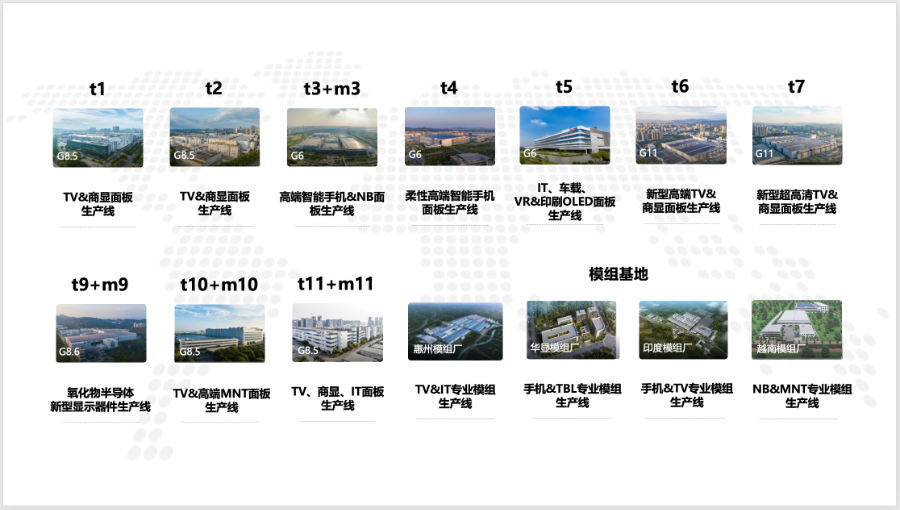
Apple is reportedly evaluating a new small-sized OLED display made by Samsung Display for its next iPad mini model. In May 2024, it was reported that Samsung Display had started developing sample 8” OLED panels for a future iPad mini, with plans to initiate mass production at its facility in Cheonan in 2H25. Apple will reportedly bring an OLED panel to the iPad Air alongside the iPad mini in 2026. Unlike Apple’s iPad Pro models, which feature two-stack low-temperature polycrystalline oxide (LTPO) OLED panels, the iPad mini and iPad Air may have single-stack low-temperature polycrystalline silicon (LTPS) panels, meaning that they may be dimmer and continue to lack ProMotion. (GSM Arena, MacRumors, Weibo)
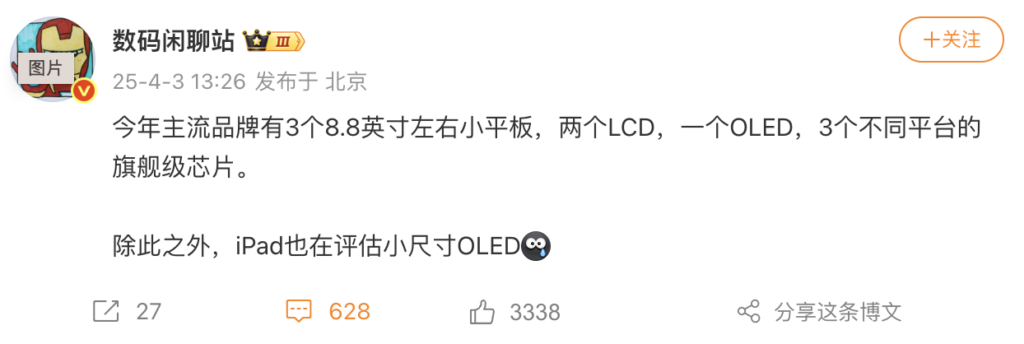
Samsung has now sued BOE in the US District Court for the Eastern District of Texas, alleging its Chinese rival’s shady business deals that have resulted in the infringement of its trade secrets. The two companies have been fighting over OLED patent infringement claims at the trade commission since 2023. A preliminary conclusion was issued in Samsung’s favor in Nov 2024 and was later upheld in Mar 2025. Samsung alleges in its latest lawsuit that BOE has consistently poached Samsung Display employees and has also colluded with companies in the Samsung Display supply chain to steal the company’s trade secrets. It highlights the drawings of core manufacturing equipment utilized to establish the latest OLED production facility in Chengdu as among the infringed trade secrets. Samsung Display has alleged that BOE has used this information to develop micro-OLED displays in a bid to try and win orders from major customers in the US. (GSM Arena, Pacer Monitor, Patently Apple, SamMobile)
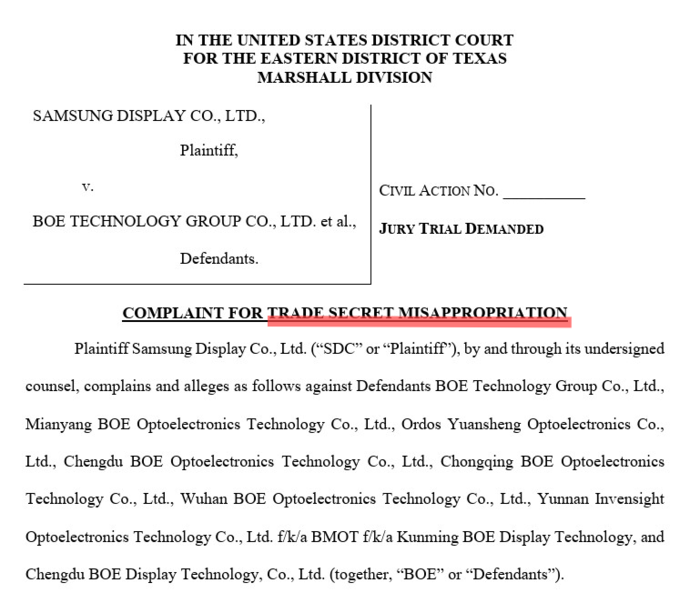

Samsung has been using its 200Mp ISOCELL sensors in the main camera of its flagship Galaxy S Ultra phones. The Galaxy Z Fold 7 will allegedly also pack the S25 Ultra’s 200Mp sensor. Sony is reportedly also working on 200Mp and 100Mp smartphone sensors. The 100Mp sensor will be adopted by many Chinese OEMS for their Snapdragon 8 Elite 2 or Dimensity 9500-powered flagships. As for the 200Mp sensor, Sony is expected to use it in one of its upcoming smartphones and is also expected to sell it to other Chinese OEMs. (Gizmo China, Weibo)

OPPO has introduced Lumo, its in-house smartphone imaging brand. OPPO will also continue working with Hasselblad. OPPO has confirmed that both Hasselblad and Sony are key contributors in the development of its in-house imaging brand. OPPO has confirmed that the Find X8 Ultra model will feature a Sony Lytia LYT-900 sensor. It will also include the industry’s first “Danxia original color lens zoned temperature application”. According to OPPO, its in-house Lumo imaging brand will provide both hardware and software-level innovations to deliver stunning image quality. The company also mentioned that it has designed Lumo for portrait photography. OPPO refers to it as the “Lumo Light Condensation Imaging System”, which combines a super light-sensitive optical system with variable focal lengths of 15mm, 23mm, 70mm, and 135mm. It is accompanied by a super-sensory digital imaging engine and ProXDR.(Android Headlines, Twitter, OPPO, Sina)

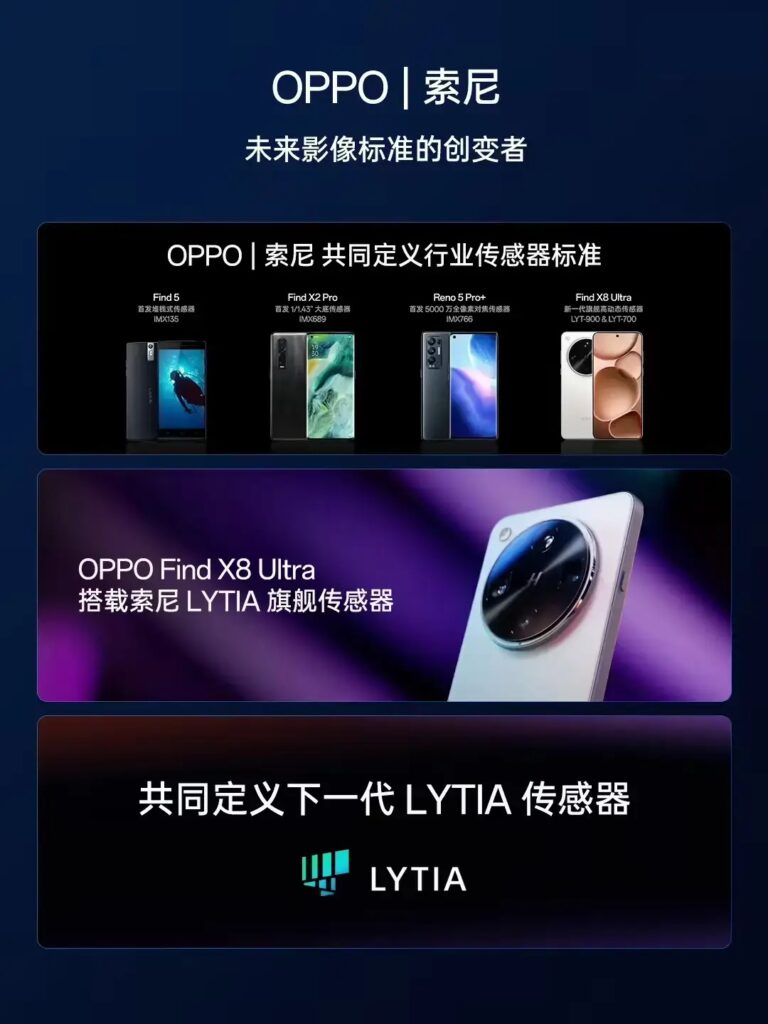
Apple iPhone 17 Pro will allegedly feature a new Telephoto lens with a 48Mp sensor, up from the current 12Mp sensor found in the iPhone 16 Pro and Pro Max. The new lens will offer 3.5x optical zoom (85mm equivalent) instead of the 5x zoom (120mm equivalent) currently available. One of the practical benefits of a 3.5x telephoto lens would be greater versatility, especially for portrait photography. A 3.5x lens would make it easier to compose portraits at more comfortable distances, particularly in indoors or other tight environments. The alleged change would see Apple relying more on high-resolution sensors and computational processing to replace some of the limitations of traditional opticsThe iPhone 17 Pro could deliver more flexible zoom options while making portrait photography more user-friendly, without sacrificing image quality. (MacRumors, Majinbu Official)

DSCC analyst Ross Young has claimed that Apple’s under-display Face ID had been delayed till 2026. Bloomberg’s Mark Gurman suggested a similar timeframe for an iPhone with under-display Face ID. He purported that iPhone Pro models by 2026 or 2027 would have a smaller Dynamic Island, as Apple is expected to move more components underneath the display. There are rumors that iPhone 17 Pro Max model to be launched in 2025 could feature a smaller Dynamic Island. (Neowin, Bloomberg, Twitter)


Samsung Electro-Mechanics division will be responsible for developing solid-state batteries, with the primary goal being to bring this incredible change to a new Galaxy Ring in 4Q25. Shortly after, the Korean manufacturer intends to branch this technology to its wireless earbuds in 4Q26, followed by its smartwatches in 2027. As for the perks of employing solid-state batteries in consumer devices, these deliver a higher energy density, allowing the cells to hold a bigger charge, which lets them last longer. Additionally, these batteries are safe to the point where they can be cut in different shapes and pose less of a fire risk. (CN Beta, WCCFtech, GSM Arena, MT)
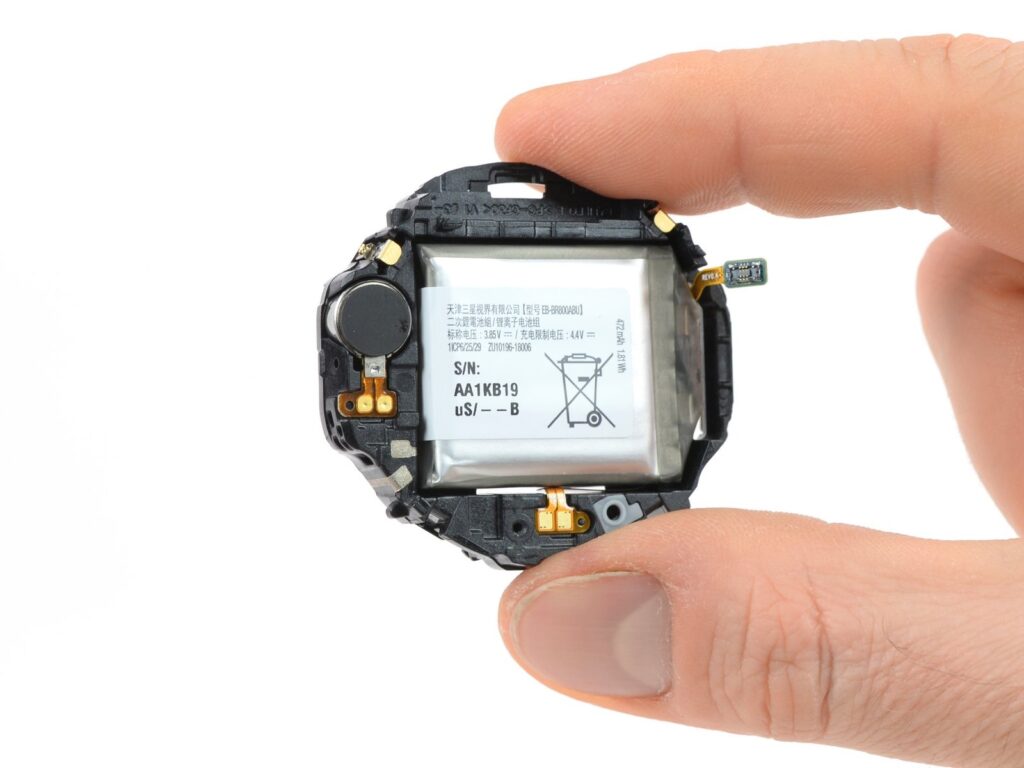
Contemporary Amperex Technology Co (CATL) has announced that it will partner with China Petroleum and Chemical Corp (Sinopec) to build 10,000 battery swap stations. As part of a strategic deal signed in Beijing, the two companies will build at least 500 battery swap stations in 2025, which did not give a timeline to set up these stations. The partnership will be based on CATL’s “choco-swap” battery swapping and Qiji chassis battery-swapping solution to “break through the driving range bottlenecks of passenger vehicles and heavy-duty trucks”. Sinopec boasts a nationwide network of energy stations and strong energy service capabilities, while CATL is a leader in battery technology and the development of battery swap systems. (CN Beta, China Daily, Reuters)
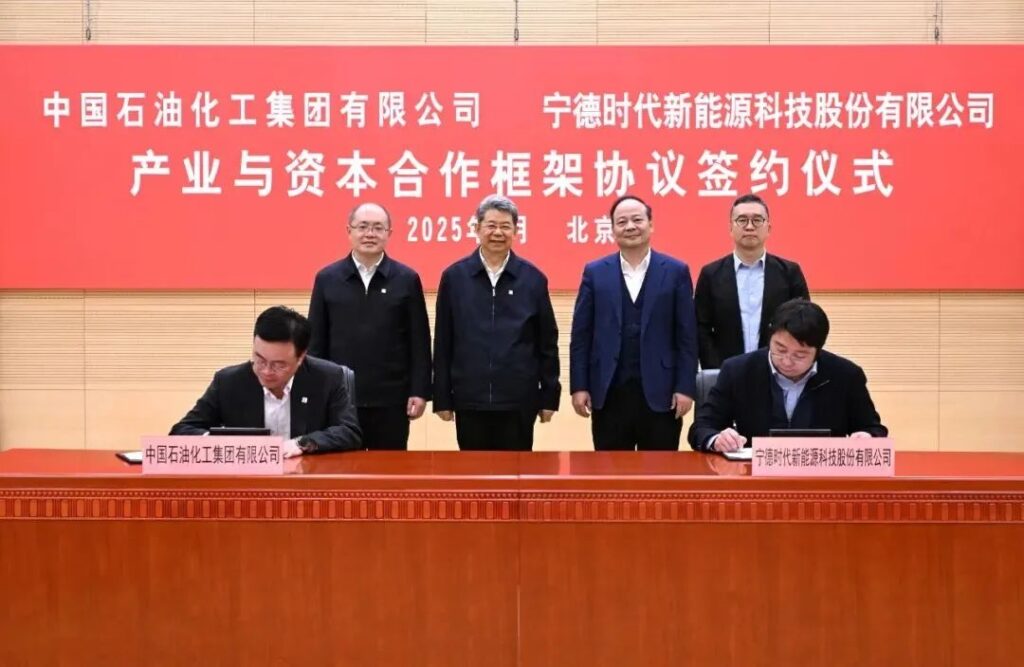
Google has filed patent #US20250103116A1 describing a tecnology that allows reverse wireless charging through a phone’s display. The patent describes a mobile device where the wireless charging coil is located under the screen. It would be similar to the under-screen biometric unlock systems, but for wireless charging. The phone disables its screen and touch sensor when it detects a compatible charger. This allows for optimized power transfer before the charging begins. There are also modifications to the display’s protective layer to ensure the efficiency of the process. (Android Headlines, Android Authority, Twitter)
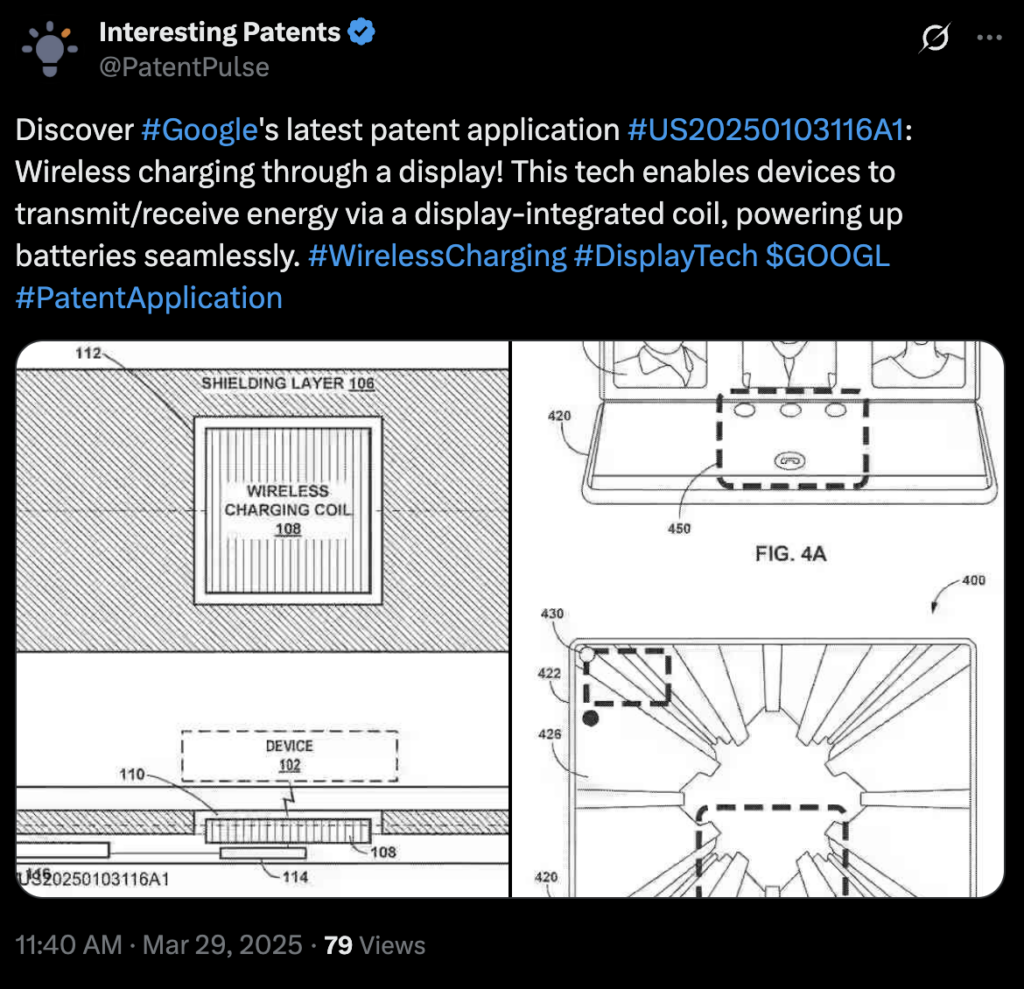

Apple will allegedly first debut an all-glass Apple Watch. Apple will be making an all-glass iPhone, the company may want to test the concept on the Apple Watch first. (Apple Insider, Weibo)
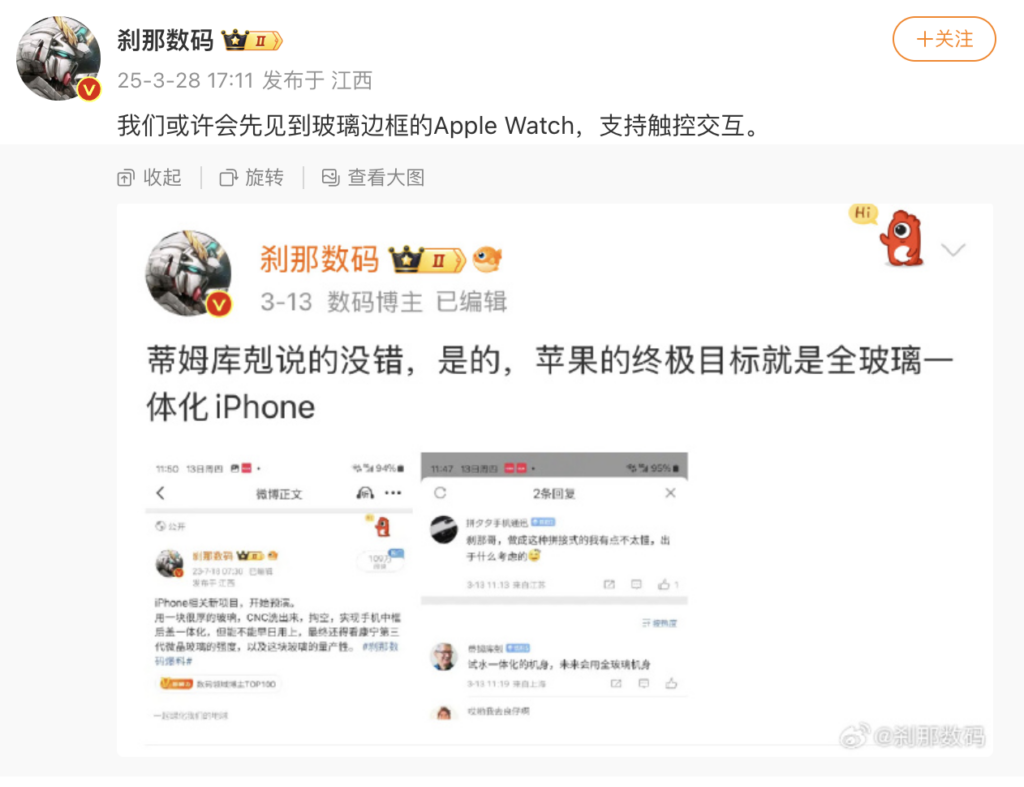

Apple will launch the iPhone 17 Air as the thinnest smartphone in its history. According to Bloomberg’s Mark Gurman, the iPhone 17 Air may be port-free, dropping the USB-C.The iPhone 17 Air will feature a 6.6” display with Dynamic Island, a Camera Control button, and battery life comparable to current iPhones. It will also come with a USB-C port; however, if Apple decides to move forward with a portless smartphone in the future, it will entirely depend on wireless charging. (Bloomberg, GSM Arena)
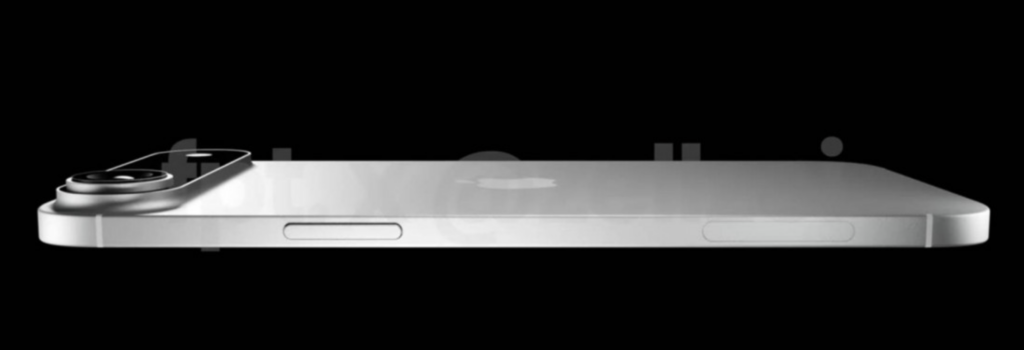
Samsung has started selling certified refurbished Galaxy smartphones in South Korea. These “Galaxy Certified Used Phones” are certified to have been used minimally and have no signs of damage or regular wear and tear. Samsung says “Galaxy Certified Used Phones” are used minimally. Most phones were either returned within seven days of purchase or were unboxed and never used. The company says all such devices are tested thoroughly in-house and judged to be of the highest quality.(SamMobile, Android Headlines, Samsung)
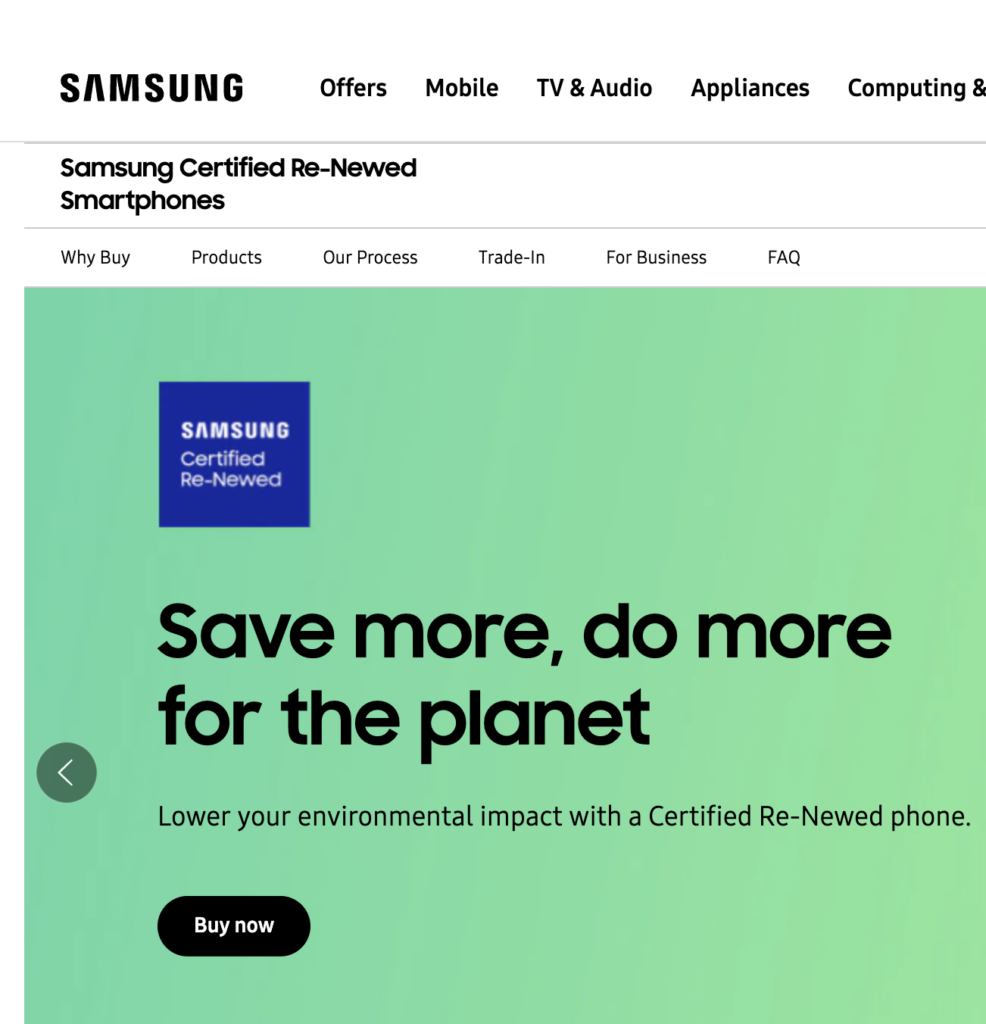
Apple is allegedly still adjusting the tactile design of solid-state keys and their reliability after long-term use. Apple has not moved to solid state buttons because the technology is currently failing on both counts. There is a “problem of false touch”, and that “the responsiveness cannot be perfectly guaranteed”. Project Bongo, as it was known internally at Apple, has been shelved. It is claimed that Apple currently believes it is better to invest in display and battery technology. (Apple Insider, Weibo, 163.com)
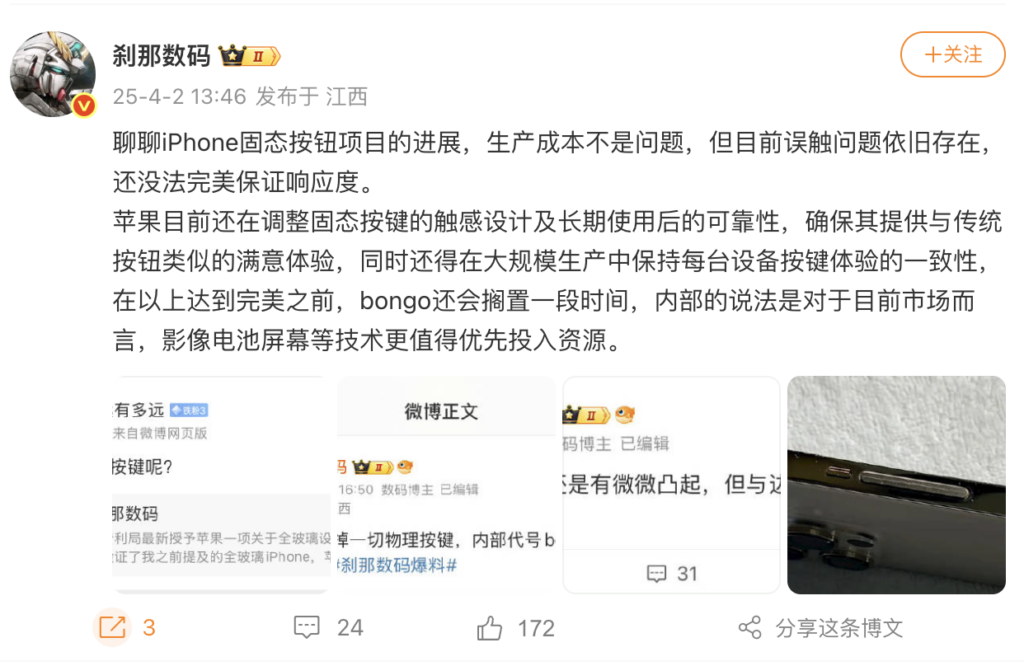
Foxconn will reportedly assemble 25-30M Apple iPhones in India by the end of 2025. Foxconn assembled around 12M iPhones in India in 2024, meaning that the 2025 figures would more than double production. The key for Foxconn is its brand-new facility in Bengaluru, which when finished, would be the second-largest iPhone assembly plant in the contract manufacturer’s portfolio. Foxconn has already set up trial iPhone production runs over Jan-Mar 2025. (GSM Arena, Economic Times)
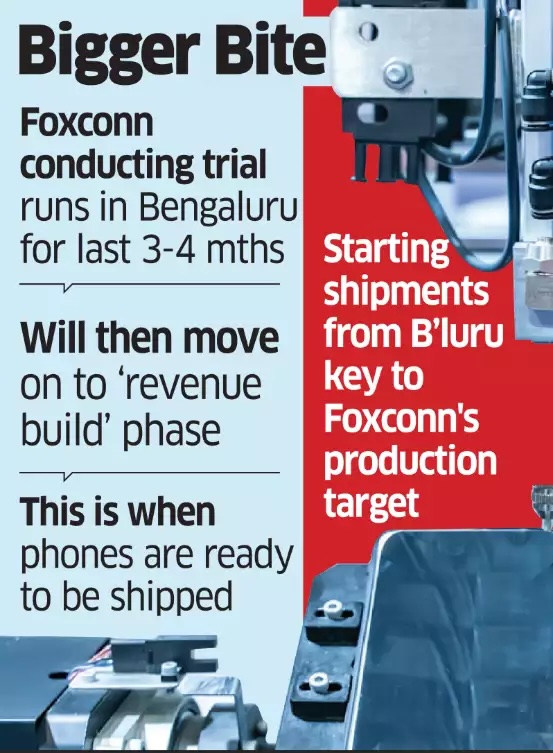

Oura Advisor, is officially out of beta and rolling out to all Oura Ring users. Oura Ring has earlier introduced an AI health coach in beta for better analysis of health data, where 83% of users found AI responses reliable. Oura Advisor is now available for all Oura Ring 3 and Ring 4 users, offering in-depth health insights just like a personal coach. The feature will be available in the Oura app. It will be rolled out to all eligible users. Powered by artificial intelligence, Oura Advisor “transforms user’s Oura insights into actionable, personalized guidance”.(Android Headlines, Android Police, Oura, Android Authority)
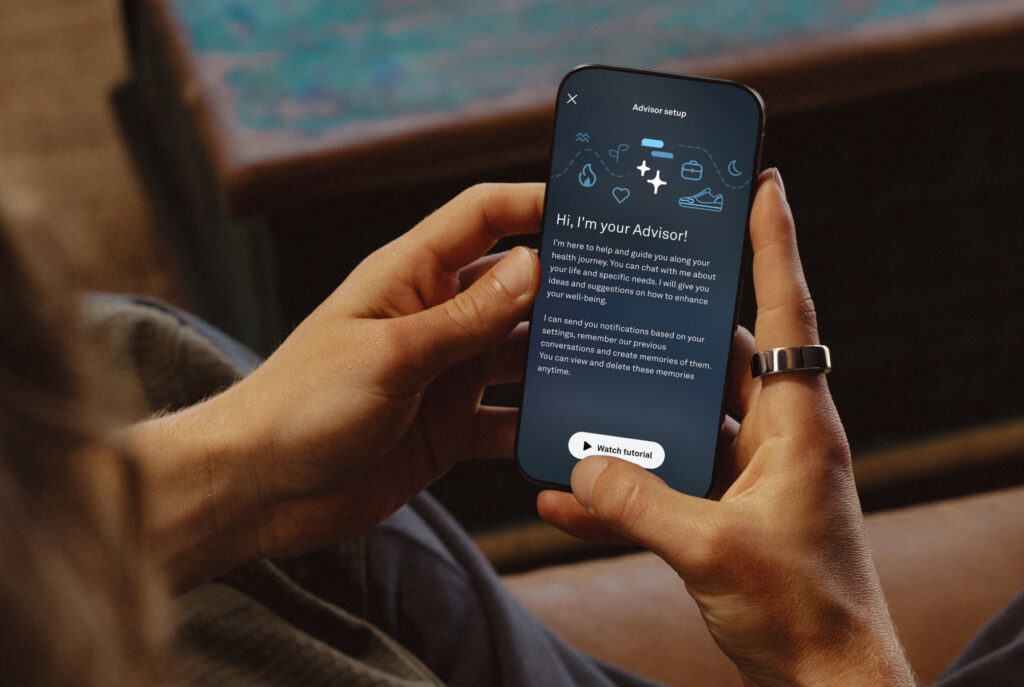

Global shipments for AR/VR headsets grew 10% in 2024 according to IDC. The launch of new products during the holiday quarter as well as multiple new entrants throughout the year helped the market return to growth after two years of declines. Meta continued to dominate capturing 74.6% share throughout the year followed by Apple at 5.2%, Sony with 4.3%, ByteDance capturing 4.1% and XREAL rounding out the top five with 3.3% share. However, amongst the top five only Meta and XREAL recorded year-over-year growth thanks to newer products and gaming focused use-cases. Despite newer hardware expected in 2025, IDC forecasts an annual decline of 12% as supply indicators point to delayed launches for some key players though a rebound is expected in 2026 with 87% growth and volume will surpass the peak of 11.2M units recorded during the pandemic in 2021. Between 2025 and 2029, IDC anticipates a compound annual growth rate (CAGR) of 38.6%. (Neowin, IDC)
Meta is reportedly looking to bring its first smartphone-alternative glasses to market by the end of 2025 to better compete with phones like Apple’s iPhone. The glasses, which are internally code-named “Hypernova”, will be able to run apps, recognize hand gestures, take pictures, and display maps. The product could cost USD1,000-1,400, making it comparable in price to Apple’s USD799-1,200 iPhone 16 lineup. This model may also see a larger sensor that should shoot higher-quality photos than the 12Mp camera sensor on the Ray-Ban Meta smart glasses. Bloomberg’s Mark Gurman said the glasses “will continue rely heavily” on the Meta View app. (Digital Trends, Bloomberg, Entrepreneur, Gizmodo)

Car
Tesla has produced its 500,000th Model Y at Giga Berlin-Brandenburg. Giga Berlin-Brandenburg was officially opened on 22 Mar 2022. With this in mind, it would appear that it took the facility just over 1,100 days to produce half a million Model Ys. Initially known as Gigafactory 4, Giga Berlin began construction in 2020. (CN Beta, Teslarati, Twitter)
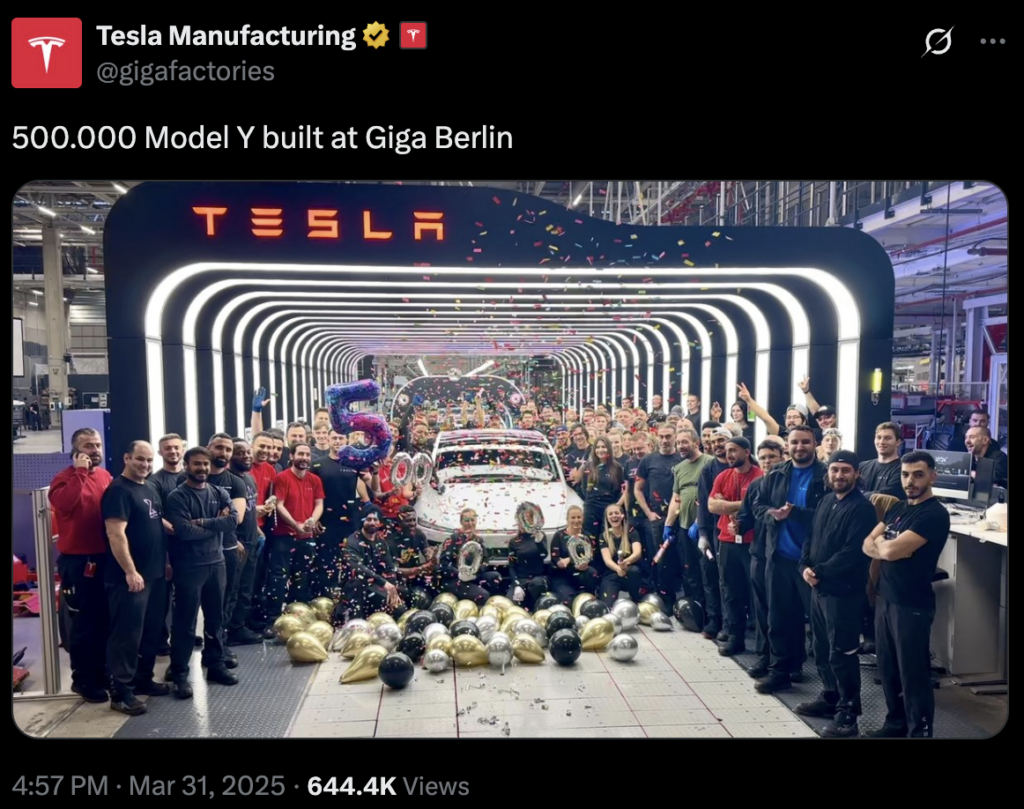

India has ordered Samsung and its executives in the country to pay USD601M in back taxes and penalties for dodging tariffs on import of key telecoms equipment. This includes INR44.6B in unpaid taxes or around USD520M along with a 100% penalty. The demand represents a substantial chunk of 2024 net profit of USD955M for Samsung in India. Samsung executives have been hit with a USD81M fine, including network division vice president Sung Beam Hong, CFO Dong Won Chu, finance general manager Sheetal Jain, and indirect taxes general manager Nikhil Aggarwal. The company has also been accused of misclassification of “Remote Radio Heads”, which is a critical 4G telecom component, which allows Samsung to avoid 10% or 20% tariffs. The company, which also imports telecoms equipment through its network division, received a warning in 2023 for misclassifying imports to evade tariffs of 10% or 20% on a critical transmission component used in mobile towers. It imported and sold these items to Reliance Jio.(Gizmo China, Reuters)

Worldwide generative AI (GenAI) spending is expected to total USD644B in 2025, an increase of 76.4% from 2024, according to a forecast by Gartner. Expectations for GenAI’s capabilities are declining due to high failure rates in initial proof-of-concept (POC) work and dissatisfaction with current GenAI results. Despite this, foundational model providers are investing billions annually to enhance GenAI models’ size, performance, and reliability. This paradox will persist through 2025 and 2026. (CN Beta, Business Wire, Gartner)
